Sociology: Understanding and Changing the Social World, Comprehensive Edition
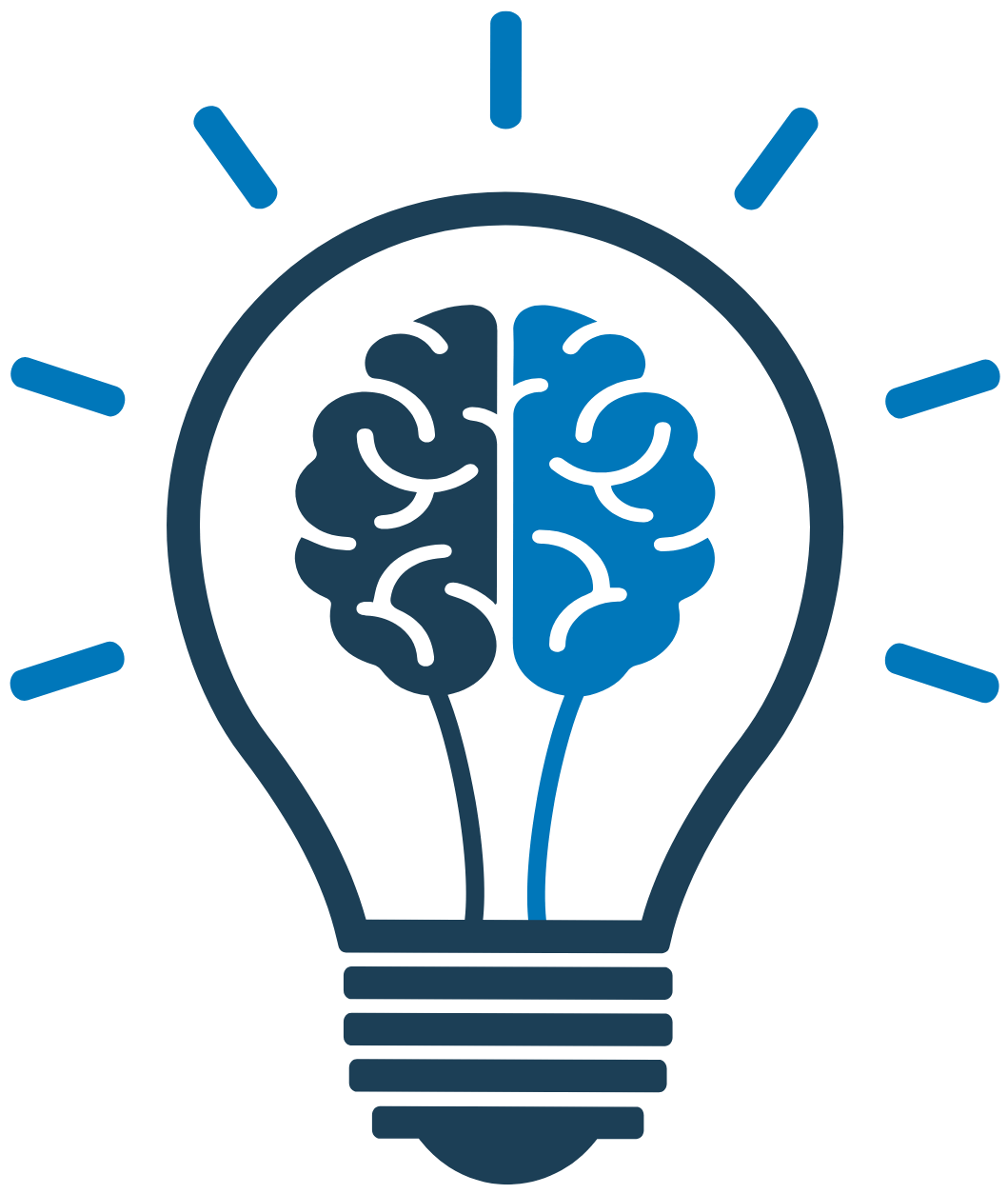
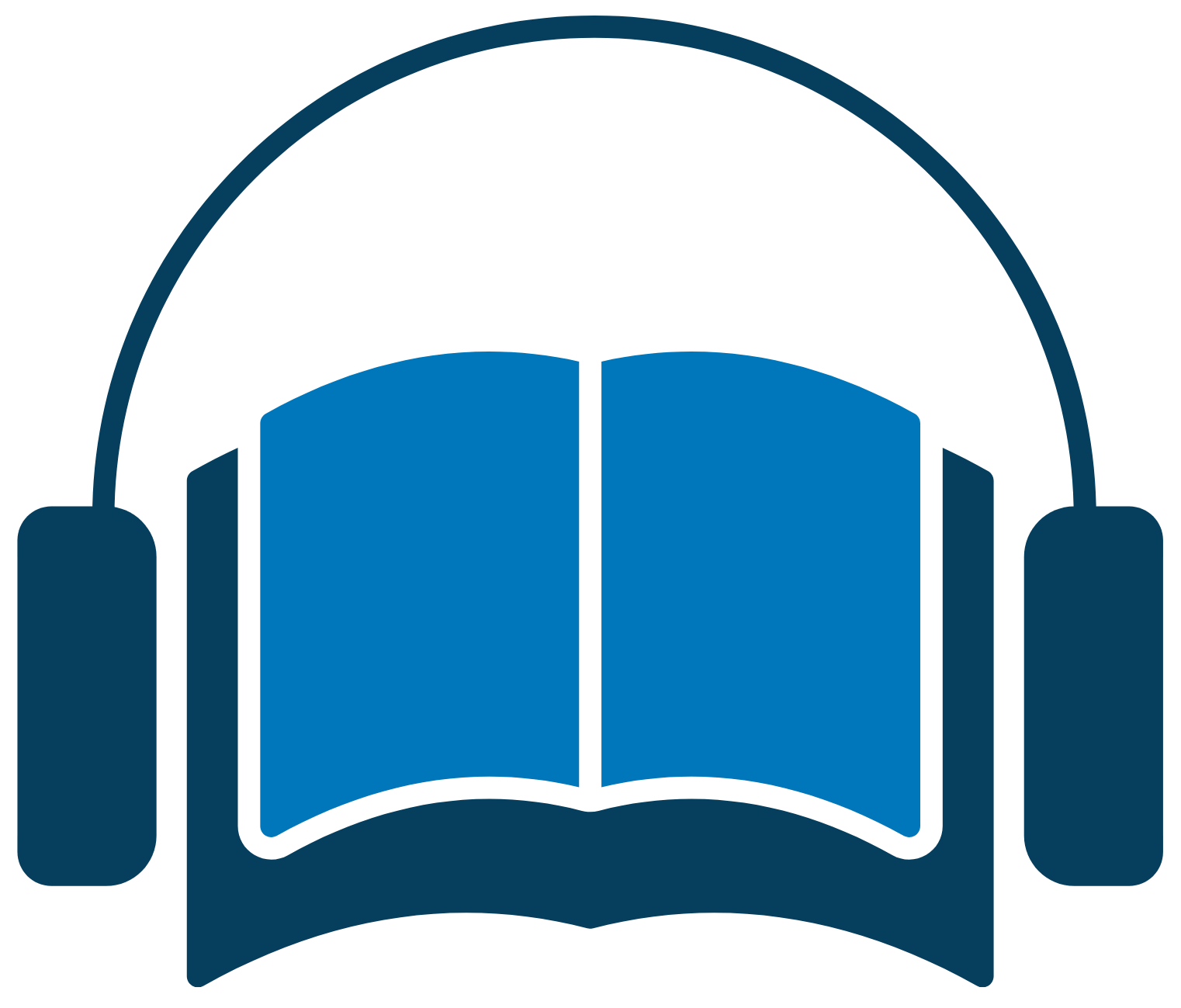
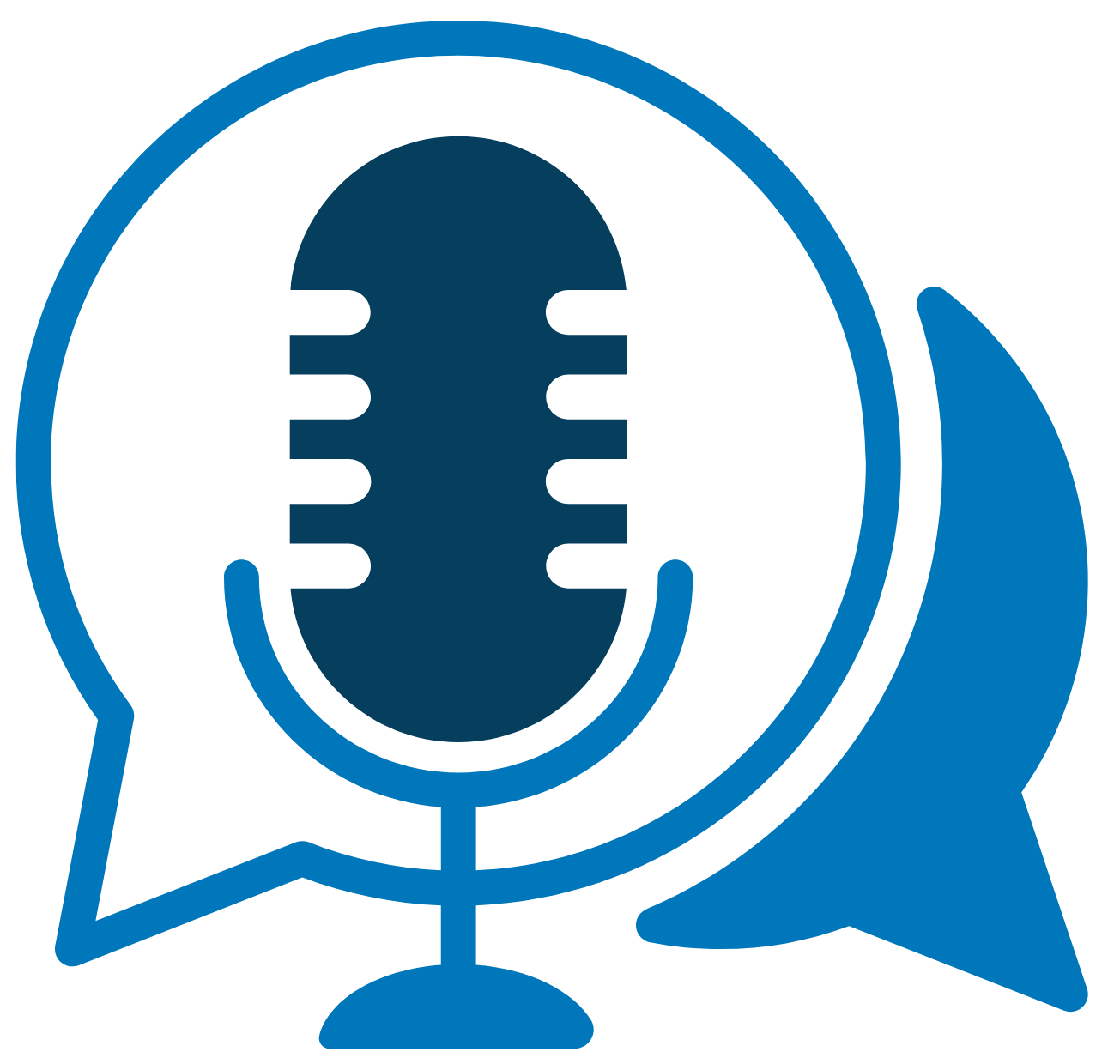
Version 4.0
By Steven E. Barkan
Included Supplements
Key Features
- Emphasizes the discipline’s American roots in social reform and using sociological knowledge as a vehicle for social reform
- Eclectic approach views topics through the lenses of functional theory, conflict theory, and symbolic interactionalism
- Over 125 embedded hyperlinks to streaming videos enrich online and hybrid courses, engage students, and reinforce or augment many of the presented topics
- Social class, race/ethnicity, and gender are integrated throughout the text and also the subjects of their own chapters
- The clear and jargon-free writing style invites students with all levels of academic preparation to connect and learn
- Distinctive treatment of environmental and medical sociology addresses fundamentally challenging issues facing the nation and the world
- Rich and useful learning strategies embedded in the book include:
- “Learning Objectives” that set the stage for each chapter’s main section
- “Key Takeaways” that end each main heading section to highlight key concepts just learned and promote retention
- “For Your Review” boxes that pose questions for students to critically consider in the light of the section just read
- “Learning from Other Societies” boxes that discuss the experience in other nation(s) with a common social issue
- “Theory Snapshots” tables that provide a quick reference tool for students to understand the varying theoretical approaches to the sociological topic in the chapter
- “Sociology and Improving Society” boxes that summarize social policies grounded in sociological theory and research that students will connect with
- NEW: “Critical Thinking about the Media” boxes that introduce stories or issues in the news or social media relevant to the chapter’s core topics, stimulating analysis and class discussion
- “Summary” features that recap key chapter topics
- “Sociology and Everyday Life” boxes that present brief, hypothetical scenarios prompting readers to formulate responses that involve making social change
- Unique concluding chapter, “Conclusion: Understanding and Changing the Social World,” summarizes the potential of sociology to achieve social reform and the relevance of sociological knowledge for addressing important social issues
Students
- Online Access Price
- $33.95
- Color Printed Textbook with Online Access Price
- $60.95
Sociology: Understanding and Changing the Social World, Comprehensive Edition Version 4.0 is intended for courses called Introduction to Sociology, Principles of Sociology, Sociology, American Society, or similar titles taught in sociology departments in both two- or four-year colleges and universities.
Sociology: Understanding and Changing the Social World, Comprehensive Edition presents a sociological understanding of society while emphasizing the relevance of sociological knowledge and insights for changing society. It encourages students to make a positive difference in the world around them by developing their sociological imaginations.
New in This Version
- Thoroughly updated throughout with recent data, new and updated references, new examples, and current events
- New Feature: “Critical Thinking About the Media” boxes introduce stories or issues in the news or social media relevant to the chapter’s core topics to stimulate analysis and class discussion
- Chapter-by-Chapter Changes
- Chapter 1 “Sociology and the Sociological Perspective”: new use of 2020 exit polling data to illustrate how social backgrounds affect voting choices; updated data on gender and suicide rates and regional suicide rates; new discussion of critical race theory and intersectionality
- Chapter 2 “Eye on Society: Doing Sociological Research”: revised discussion of gender differences in abortion views; new “Critical Thinking about the Media” feature on racial disparities in the distribution of COVID-19 vaccines
- Chapter 3 “Culture”: Updated World Values Survey data; new “Critical Thinking about the Media” feature on the sacredness of cows in India
- Chapter 4 “Socialization”: updated World Values Survey data; updated General Social Survey data on hours watching TV; updated data on children’s economic and social circumstances; new “Critical Thinking about the Media” feature on alleged hate crimes targeting Black, Jewish, and Muslim buildings
- Chapter 5 “Social Structure and Social Interaction”: new “Critical Thinking about the Media” feature on social media depictions of role-expectation violations at Walt Disney World
- Chapter 6 “Groups and Organizations”: updated data on regional incarceration rates and the overrepresentation of men and Black and Latinx people in prison; new “Critical Thinking about the Media” feature on group processes and adolescent hate-crime vandalism
- Chapter 7 “Deviance, Crime, and Social Control”: updated data on crime and victimization rates; updated data on deaths caused by alcohol and tobacco use and by poor diets; new “Critical Thinking about the Media” feature on overdramatization of crime by the news media
- Chapter 8 “Social Stratification”: updated modern slavery data; updated social class, mobility, economic inequality, and poverty data; new discussion of and data on wealth inequality; updated international poverty data; new poverty data on Indigenous Americans; new discussion of decline and rebound in child poverty due to increases and decreases in federal aid linked to the COVID-19 pandemic; new “Critical Thinking about the Media” feature on social media depictions of poverty
- Chapter 9 “Global Stratification”: updated global poverty and inequality data; updated human development indicators data; updated data on food insecurity and hunger caused by the COVID-19 pandemic; updated maternal mortality data; new discussion of women and girls in modern slavery; updated child mortality data; new “Critical Thinking about the Media” feature on social media depictions of global poverty
- Chapter 10 “Race and Ethnicity”: new introduction highlighting racial/ethnic disparities in COVID-19 deaths; expanded discussion of the racial/ethnic ancestry of self-identified Black, Latinx, and white Americans based on DNA analysis; new discussion of 2023 national polling data on whether racism is a big problem; updated earnings data; updated racial and ethnic inequality data, including new data on episodic poverty; new section on racial/ethnic discrimination in the criminal justice system, including new discussion of racist abuse and discrimination by Minneapolis police department; new national polling data on Americans’ views on affirmative action; new mention of 2023 Supreme Court case that banned explicit use of race in college admissions; new national survey data on prejudice and discrimination against immigrants; new “Critical Thinking about the Media” feature on racial distortions in news media coverage of crime
- Chapter 11 “Gender and Gender Inequality”: updated data on the percentage of Americans who are LGBTQ+; updated data on the public’s belief that women should take care of home and family; updated data on decline in belief that most women are not suited emotionally for politics; updated "Learning from Other Societies" box; updated data on labor force participation and the gender gap in income; updated data on gender differences in earnings by educational attainment; updated data on workplace gender segregation; earnings data by sex and race/ethnicity; expanded discussion of LGBTQ+ status and inequality, including new state laws targeting LGBTQ+ people and impacts of the 2023 Supreme Court decision case allowing businesses to refuse services to same-sex couples; new section on abortion rights in view of Dobbs decision; updated data on rape lifetime prevalence; new “Critical Thinking about the Media” feature on gender stereotyping in advertising
- Chapter 12 “Aging and Older Adults”: new discussion of ancient China’s view of aging; updated life expectancy data; updated data for demographic profile of older Americans; updated nursing home data; updated food insecurity data; updated living arrangement data; new “Critical Thinking about the Media” feature on portrayal of older adults in television series
- Chapter 13 “Work and the Economy”: new data on corporate income tax fraud; updated data on labor union membership; updated labor force and unemployment data; updated employee theft and workplace violence data; updated military budget data; new “Critical Thinking about the Media” feature on work requirements for Medicaid recipients
- Chapter 14 “Politics and Government”: updated political ideology data; updated political party affiliation data; updated data on confidence in the executive and legislative branches of government; updated voter turnout data; new section on efforts to reduce voting rights; updated PAC and lobbying data; new discussion of the Russian invasion of Ukraine; updated cost of U.S. wars since 2001; new “Critical Thinking about the Media” feature on Twitter, now called "X," statements by politicians
- Chapter 15 “The Family”: updated marriage and family data; updated data on children’s family arrangements; updated cohabitation data; updated child poverty data; updated data on same-sex marriages; updated data on births to unmarried women; updated data on intimate partner violence and dating violence; updated data on child abuse; new “Critical Thinking about the Media” feature on a U.S. senator’s statement to reporters that states should be allowed to ban interracial marriages
- Chapter 16 “Education”: updated enrollment, facility, and faculty data; new figure on family income and percentage of 2009 ninth-graders who had not enrolled in college by 2016; updated data on race/ethnicity, gender, and having a bachelor’s degree; updated degree and earnings data; new discussion of schools without air conditioning amid extreme heat; new discussion of teacher burnout; updated school violence data; new section on restrictions by conservative states on instruction and reading concerning race and racism and sex and sexuality; updated college costs and student loan data; revised discussion of college students’ mental health issues; revised discussion of social class and race in college admissions; updated college graduation data; new “Critical Thinking about the Media” feature on cyberbullying
- Chapter 17 “Religion”: updated data on Americans’ religious affiliations and religiosity; updated data on international differences in religiosity; revised "Learning from Other Societies" box; new “Critical Thinking about the Media” feature on religion and social media
- Chapter 18 “Health and Medicine”: new COVID-19 death rate data by race/ethnicity and education; updated data on international disparities in health and illness; updated data on U.S. food insecurity; updated data on income and racial/ethnic differences in life expectancy; updated data on racial/ethnic differences in infant mortality; new section on disability and ableism; new “Critical Thinking about the Media” feature on physicians’ use of social media to spread misinformation about COVID-19
- Chapter 19 “Population and Urbanization”: updated fertility data; new discussion of population growth in the United States from 2021 to 2022; new data on global excess deaths from urban air pollution; new “Critical Thinking about the Media” feature on the lack of broadband in rural areas
- Chapter 20 “Social Change and the Environment”: expanded discussion of climate change; updated data on deaths from water pollution and inadequate sanitation; updated Superfund data; new “Critical Thinking about the Media” feature about fossil-fuel company advertising on social media
- Chapter 21 “Collective Behavior and Social Movements”: new “Critical Thinking about the Media” feature on Black Twitter/X and Black Lives Matter
- Chapter 22 “Conclusion: Understanding and Changing the Social World” pulls together the underlying introduction to sociology and the myriad of changes described in the preceding chapters into a more coherent picture of how students can make change for the good in their own areas of influence
- About the Author
- Acknowledgments
- Preface
-
Part 1: Introducing Sociology
-
Chapter 1: Sociology and the Sociological Perspective
-
Chapter 2: Eye on Society: Doing Sociological Research
-
Part 2: The Basics of Social Life
-
Chapter 3: Culture
-
Chapter 4: Socialization
-
Chapter 5: Social Structure and Social Interaction
-
Chapter 6: Groups and Organizations
-
Chapter 7: Deviance, Crime, and Social Control
-
Part 3: Social Inequalities
-
Chapter 8: Social Stratification
-
Chapter 9: Global Stratification
-
Chapter 10: Race and Ethnicity
-
Chapter 11: Gender and Gender Inequality
-
Chapter 12: Aging and Older Adults
-
Part 4: Social Institutions
-
Chapter 13: Work and the Economy
-
Chapter 14: Politics and Government
-
Chapter 15: The Family
-
Chapter 16: Education
-
Chapter 17: Religion
-
Chapter 18: Health and Medicine
-
Part 5: Social Change
-
Chapter 19: Population and Urbanization
-
Chapter 20: Social Change and the Environment
-
Chapter 21: Collective Behavior and Social Movements
-
Chapter 22: Conclusion: Understanding and Changing the Social World
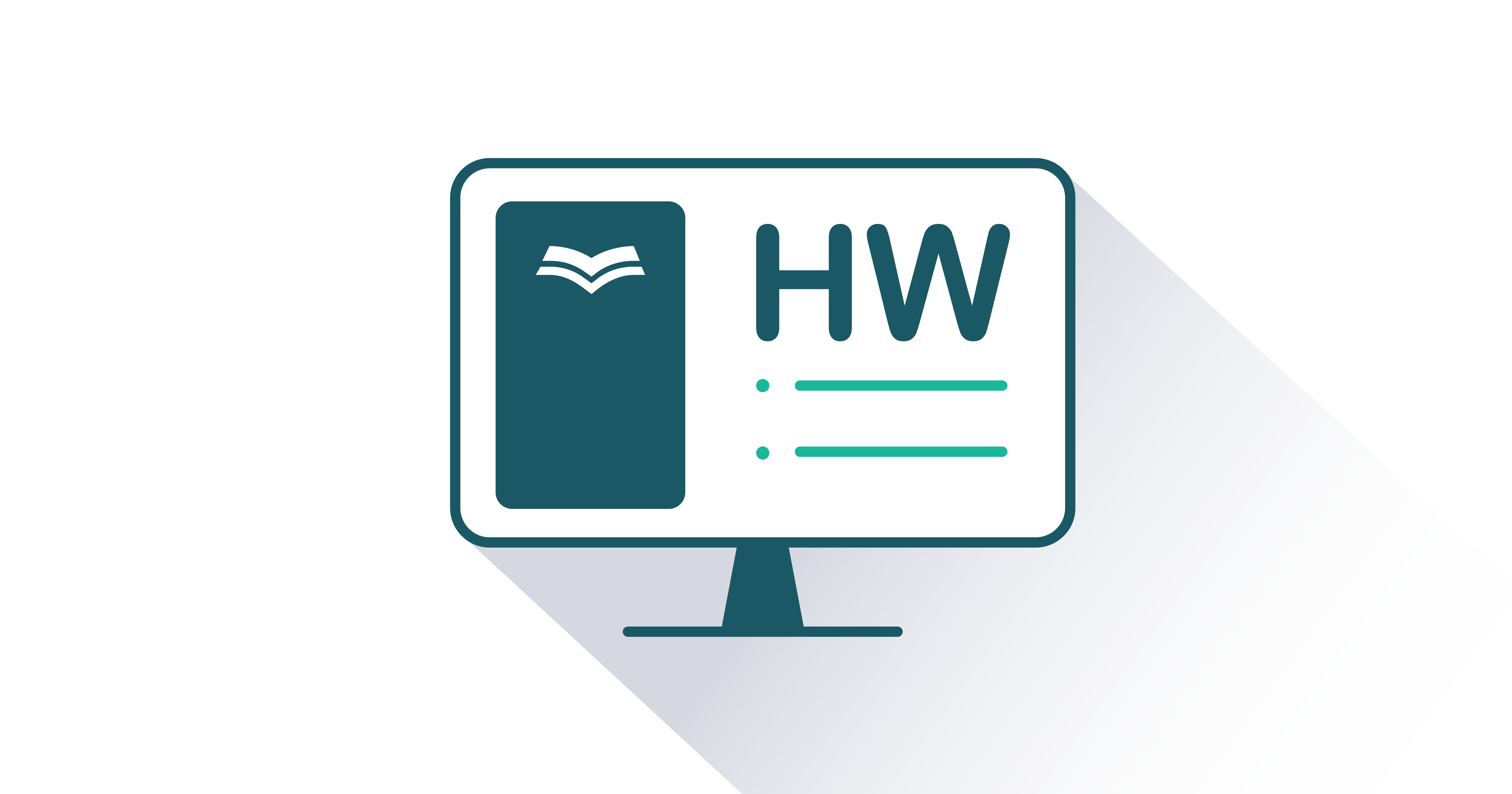
FlatWorld Homework
FlatWorld Homework includes multi-format questions written specifically for your FlatWorld book, which you can access through our stand-alone interface or integrate with your learning management system.

Instructor’s Manual
The Instructor’s Manual guides you through the main concepts of each chapter and important elements such as learning objectives, key terms, and key takeaways. Can include answers to chapter exercises, group activity suggestions, and discussion questions.
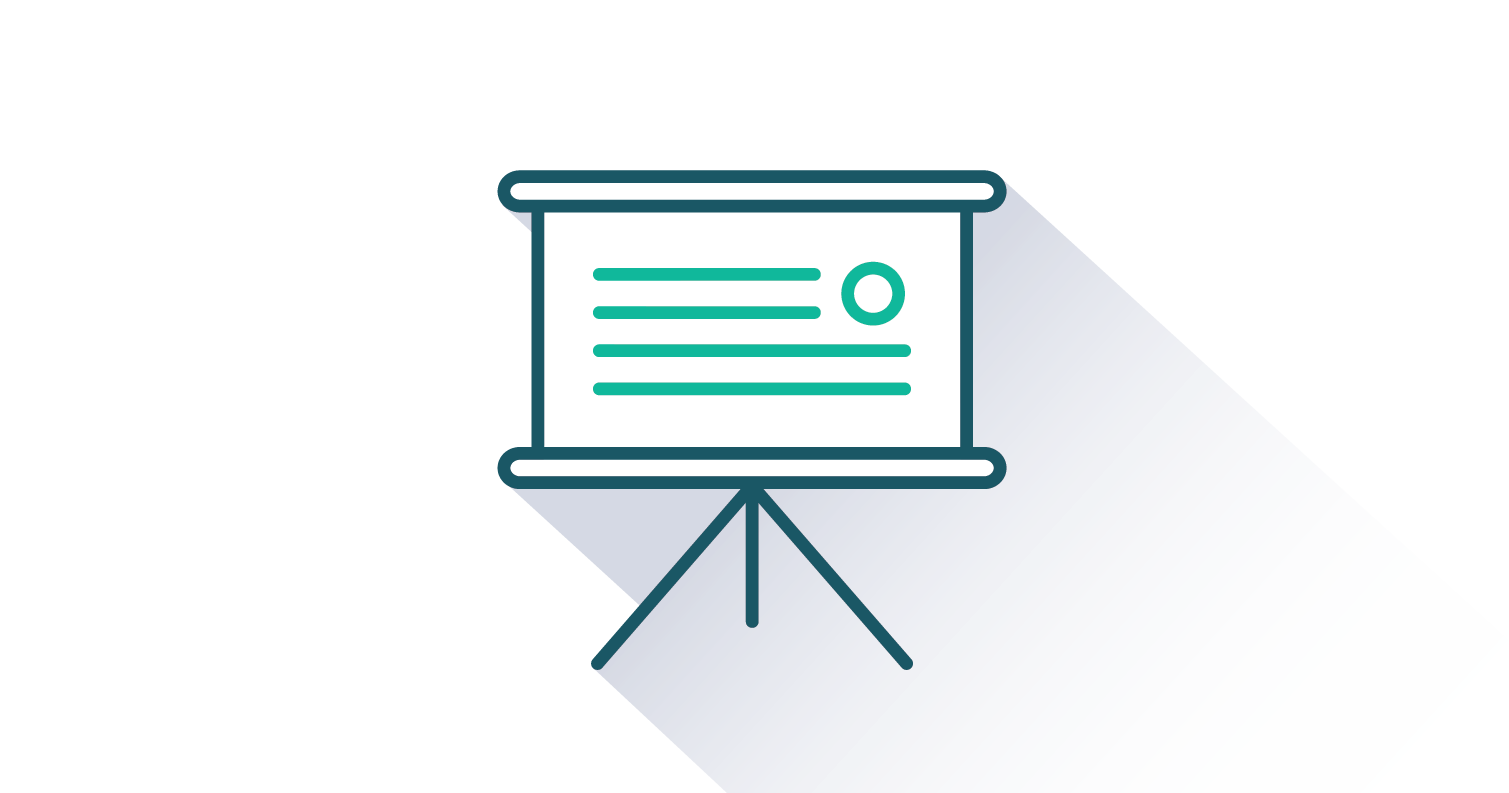
PowerPoint Lecture Notes
A PowerPoint presentation highlighting key learning objectives and the main concepts for each chapter are available for you to use in your classroom. You can either cut and paste sections or use the presentation as a whole.
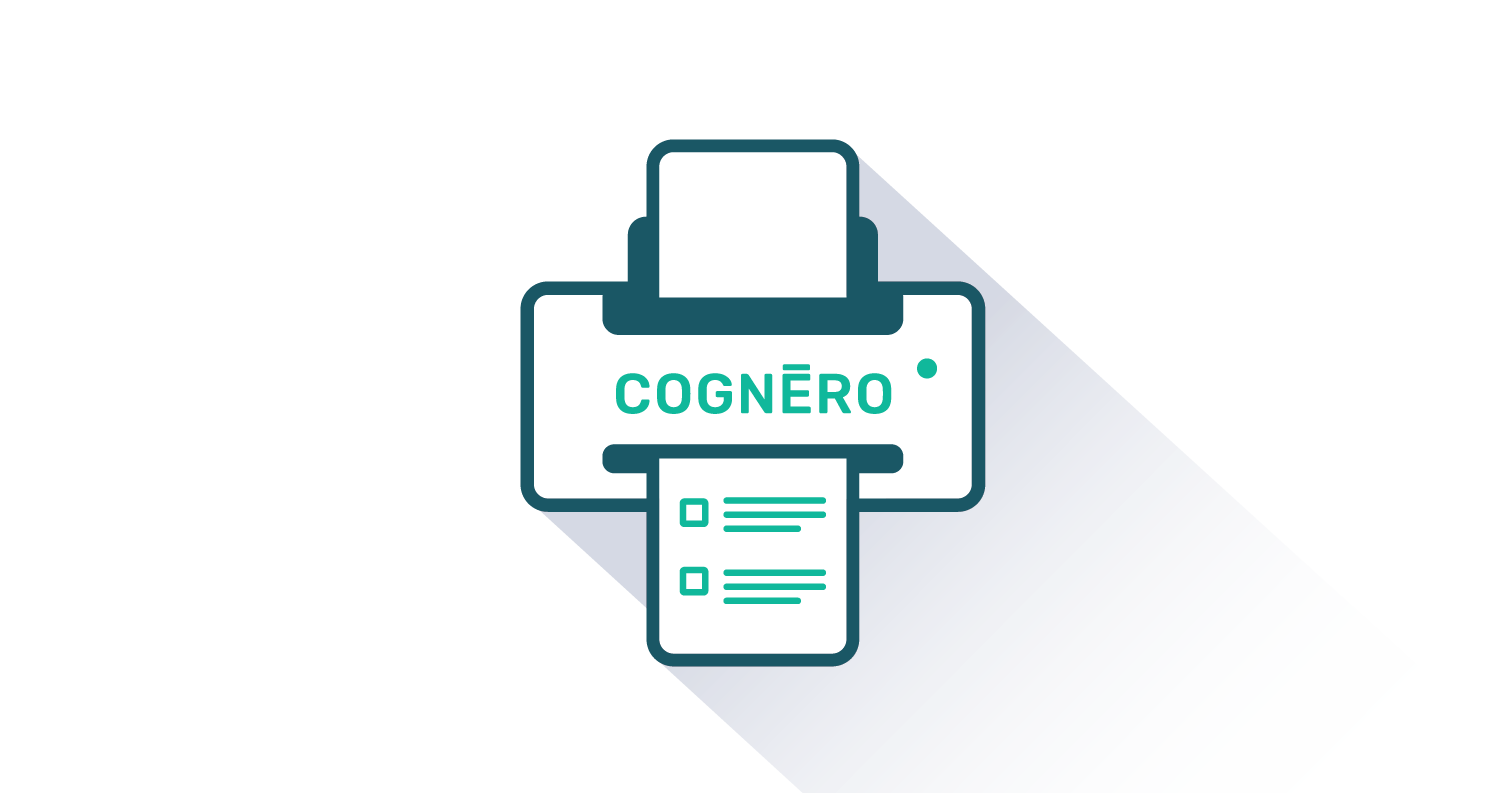
Test Generator - powered by Cognero
FlatWorld has partnered with Cognero, a leading online assessment system, that allows you to create printable tests from FlatWorld provided content.

Test Bank Files for Import to Learning Management Systems
For your convenience, we've packaged our test items for easy import into Learning Management Systems like Blackboard, Brightspace/D2L, Canvas, Moodle, or Respondus.
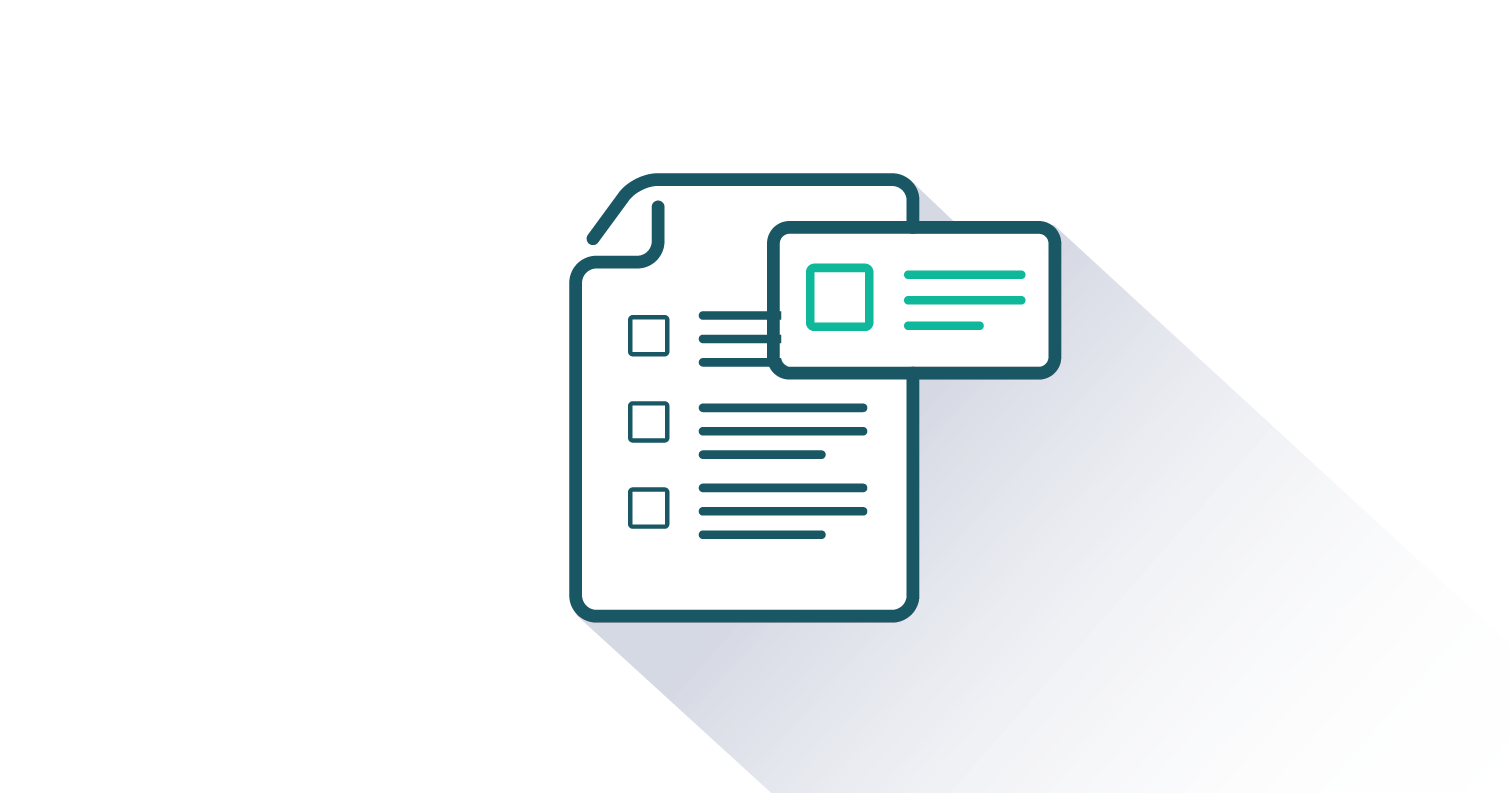
Test Item File
Need assistance in supplementing your quizzes and tests? Our test-item files (in Word format) contain many multiple-choice, fill-in-the-blank, and short-answer questions.
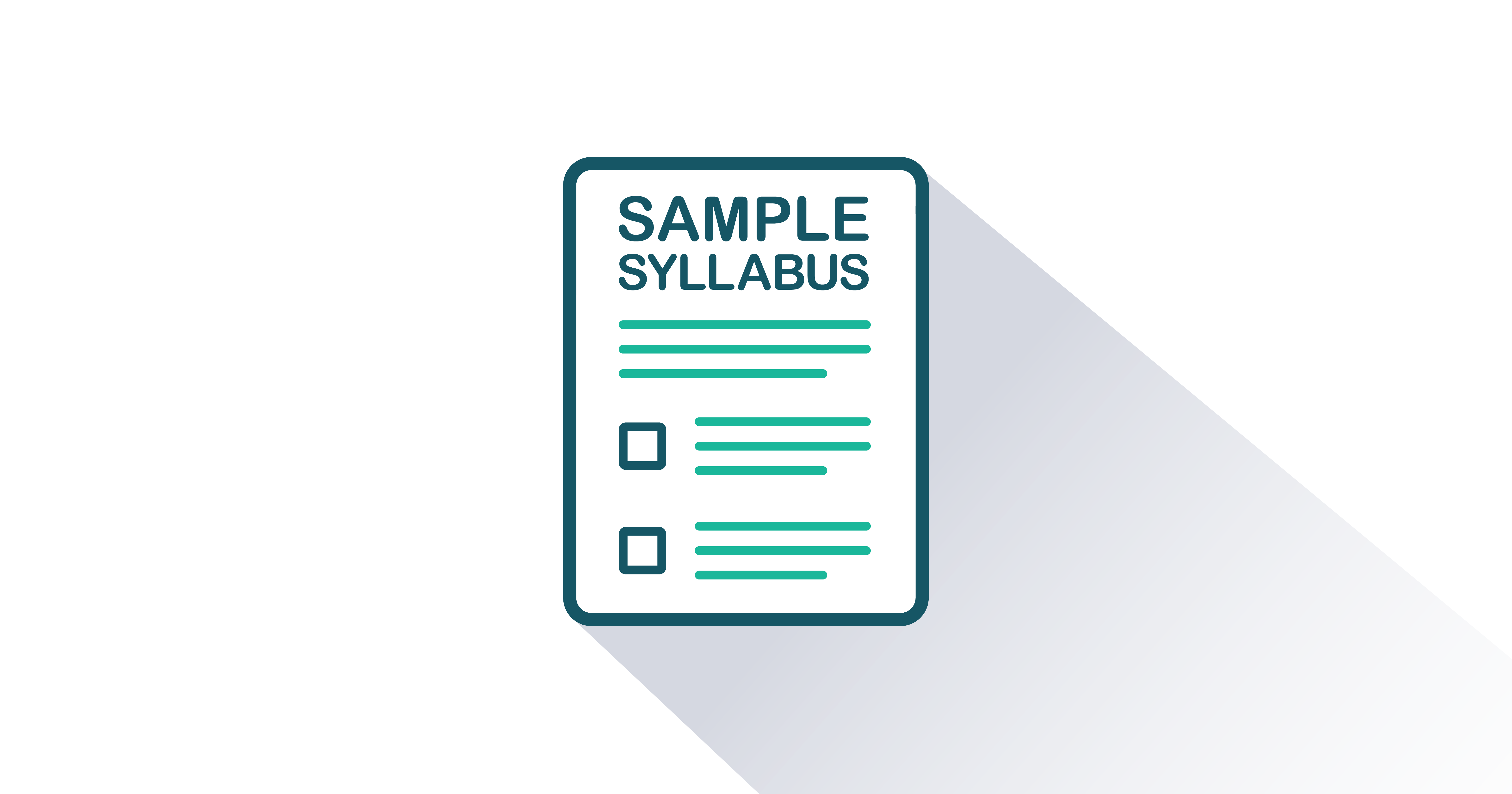
Sample Syllabi
Sample syllabi provide useful templates to help new faculty adopters revise their teaching plans to match their assigned FlatWorld textbook or lend insights to existing adopters on how to organize their classes.
DownloadAt FlatWorld, we take pride in providing a range of high-quality supplements alongside our titles, to help instructors teach effectively. Supplements are available for instructors who have registered their adoption with us. If you need to review or preview something specific, please contact us.
Already registered? Sign in here.
Additions & Errata
3/17/25:
Section 10.1: Fixed the third paragraph to make the timeline more clear.
Section 10.3: Error in Figure 10.3 label was fixed
Section 10.6: Updated info on Donald Trump.
Section 11.1: Error in Figure 11.2 label was fixed.
Section 16.4: One sentence in the first paragraph under the School violence section was updated.
10/29/24:
Section 10.4: In the Individual Discrimination subsection, the first two paragraphs were updated and combined into one paragraph.
Section 11.1: Table 11.1 was updated by removing the Gender gap row.
Section 11.3: Caption of an image in the Gender Gap in Income subsection was updated. Changed 82% to 84%.
Section 15:6 Caption for photo of domestic violence month was changed to: "According to national survey evidence, 42% of U.S. women have been assaulted by an intimate partner at least once in their lives."
8/30/24:
Section 8.3: "Social Classes in the United States" video link was updated.
Section 11.1: "Sex Versus Gender" video link was updated.
7/2/24:
Section 8.4: Error in Figure 8.7 label was fixed
Section 8.4: In the paragraph just above Figure 8.7, percentages give for Black people and Latinx people where updated from "16%" to "17%".
Section 9.1: The last paragraph of the "Global Poverty" section was corrected to accurately portray percentages and data.
